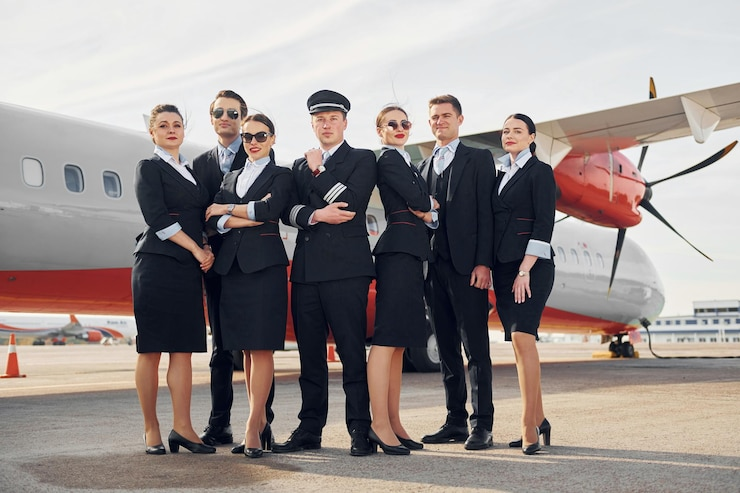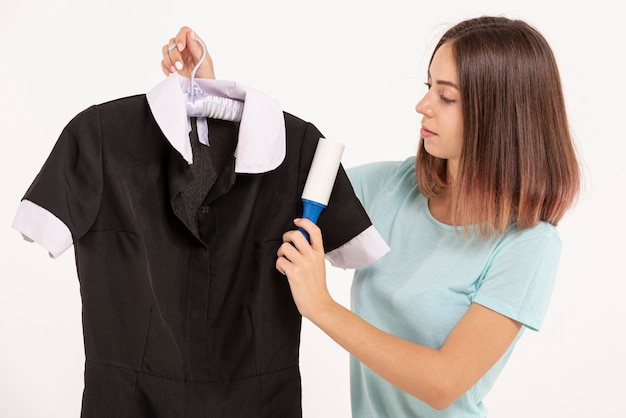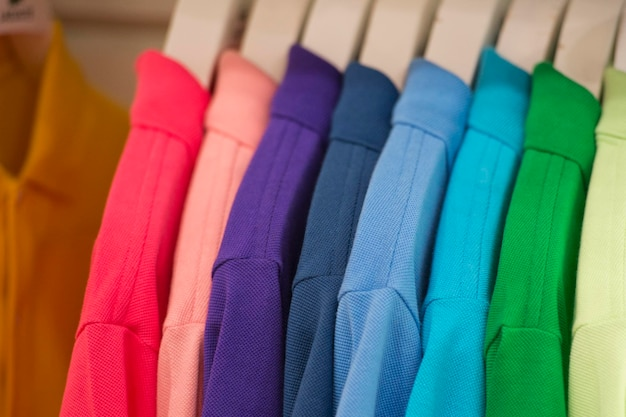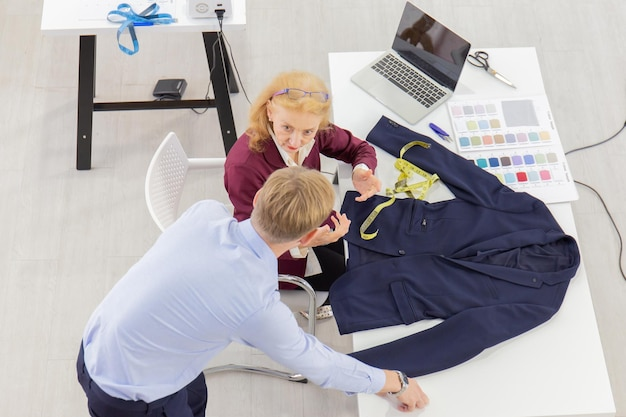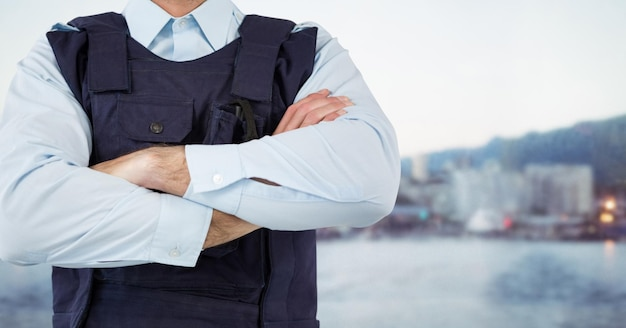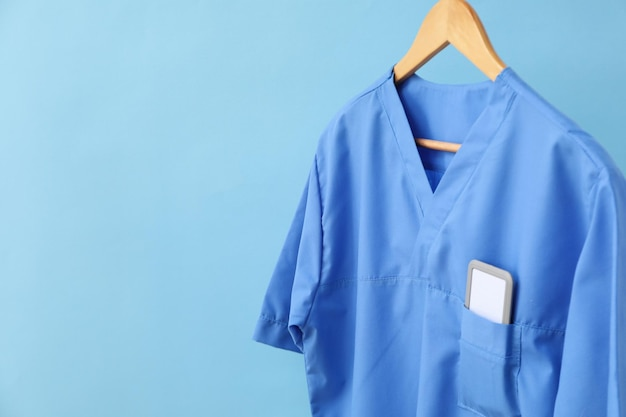What is the Meaning of Corporate Uniform?
A corporate uniform is far more than clothing—it's a reflection of a company's culture, identity, and professionalism. Loosely defined, it's any attire that employees wear at the request of their employer, from a sharply tailored suit to a logo-plastered polo shirt. Corporate uniforms serve several purposes: they project a professional image, promote brand awareness, and provide teams with a sense of unity. While the term "corporate uniform" might typically evoke thoughts of formal attire, it's also used to cover a range of clothing styles, including what's more commonly referred to as "corporate workwear"—a line specialized in usability and functionality for a specific job or industry. In this blog, we’ll explore the meaning of corporate uniforms, their evolution, benefits, types, dress codes, and how businesses can implement them effectively.
The Evolution of Corporate Uniforms Over Time
The use of corporate uniforms has evolved significantly since the 1980s. Historically, uniforms were primarily associated with traditional industries like railways, airlines, delivery services, and utility companies. However, over the decades, their adoption has expanded across a wide range of sectors. This shift has been driven by several factors: economic diversification has generated greater numbers of private employers requiring company-approved attire, while increasingly strict health and safety law has required protective gear in industries like construction and logistics. In addition, the spread of corporate events, like exhibitions and trade fairs, has prompted companies to attire their staff in branded wear to assist in projecting an agreed image. Today, corporate uniforms are no longer limited to specific industries only—they've become a standard for businesses aiming to present professionalism and consistency.
Main Benefits of Corporate Uniforms
Corporate uniforms offer a vast variety of benefits to companies and their employees. First, they project a company's professional image, which makes it more recognizable in a competitive market. For instance, in the tourism industry, recognizable uniforms have been included in branding and marketing strategies, with businesses like hotels and airlines ensuring they exude sophistication and reliability through workers' uniforms. Once employees wear branded clothing—either in the workplace or in the community—they become walking billboards, promoting the business wherever they go.
In addition to branding, corporate uniforms encourage teamwork among workers and boost employees' self-confidence. Studies have proven that employees who trade their everyday attire for business-approved clothing are more effective and commanding in the workplace. This business appearance reflects confidence and competence, creating a positive feedback cycle that benefits both employees and the business. Further, companies that spend money on uniforms are showing a commitment to their employees' betterment, something that can help employees feel more valued. At a practical level, uniforms also spare employees the bother of choosing daily work clothing or spending money to purchase appropriate work clothes, making their lives simpler and saving them money.

Types of Corporate Uniforms
Corporate uniforms come in various forms, based on various industries, types of work, and types of corporate culture. Let's consider three general categories below: formal uniforms, corporate workwear, and casual corporate wear.
Formal Uniforms
Formal uniforms are the hallmark of upper-level professional environments, such as law offices, banks, government offices, luxury hotels, and major airlines. The uniforms typically comprise nicely tailored suits, button-down shirts, ties, and polished shoes, usually adhering to strict dress codes to give a groomed and authoritative appearance. Some of the characteristic elements include neutral colors like black, navy, grey, or white that bring timelessness and professionalism; quality fabrics like wool, cotton, or silk for durability and sophistication; and attention to detail, with details like cufflinks, pocket squares, and embroidered company logos adding sophistication. For example, front office managers in luxury hotels don impeccable suits paired with name tags, reflecting the establishment's pursuit of excellence, while airline attendants in luxury airlines don sleek uniforms that exude sophistication.
Corporate Workwear
Corporate workwear is a type of corporate uniform, designed with a view to a compromise between functionality and professional appearance for various industries. Unlike formal uniforms, workwear is more versatile in design to accommodate the different needs of different jobs. A few examples include polo shirts and trousers for retail or customer service positions, giving a professional yet approachable look; branded apparel like company logo shirts or jackets to foster brand recognition; and designed workwear for specific tasks, like chefs' embroidered aprons or medical personnel scrubs with the clinic's name. In construction or logistics, for instance, practicality rules—high-visibility jackets and sturdy boots become part of the uniform, ensuring safety without sacrificing the cohesive company image.
Casual Corporate Wear
Casual corporate wear is a recent development in office dressing, blending comfort and professionalism. It is popular in startups, creative industries, and businesses with casual cultures, where employee comfort is given importance without sacrificing a neat look. Characteristics include soft, breathable materials like cotton, linen, or stretch; straightforward silhouettes with clean lines, single-color schemes, and low-key patterns; and multi-purpose items that allow workers to mix and match, say, wear a blazer with jeans or a relaxed top with dress pants. Some common examples include polo shirts, dark-washed jeans, and loafers for men, or maxi dresses and trousers cut to the ankle with trendy tops for women. Casual corporate wear is typically worn on "casual Fridays" or for team-building exercises, where companies permit employees to dress informally but professionally.

Corporate Attire Dress Codes
Corporate wear generally falls into one of three dress code categories: formal, business casual, or smart casual. Understanding these distinctions allows employees to dress appropriately for their work environment while adhering to the company's expectations and brand image.
Formal Dress Code
A formal dress code is the most limiting, typically seen in high-stakes environments like board meetings, client presentations, or executive roles. For men, this includes tailored suits, collared shirts, ties, and leather dress shoes. Women can wear business suits, pencil skirts, blazers, or tailored dresses along with closed-toe heels. A law firm, for example, might have a strictly formal dress code to portray authority and professionalism.
Business Casual Dress Code
Business casual offers a slightly more casual choice, common in offices with a more relaxed culture, such as technology companies or ad agencies. Men may opt for chinos or dress pants paired with collared shirts or sweaters, and ties tend to be optional. Women can wear blouses with skirts or slacks topped with cardigans or blazers. This code is a compromise between professionalism and comfort, allowing for personal expression without compromising a polished look.
Smart Casual Dress Code
Smart casual is the most versatile among the three and can be worn to casual Fridays, team-building sessions, or semi-formal client meetings. Men may wear dress shirts with dark jeans or chinos and loafers or brogues. Women may wear trendy blouses, fitted trousers or skirts, and comfortable heels or flats. An advertising agency, for instance, might have a smart casual dress code to promote creativity while still ensuring employees are presentable.
Implementing a Corporate Uniform Program
For firms ready to roll out a corporate uniform program, detailed planning is the path to prosperity. First, select the correct style of uniform to suit your business and corporate image—suits and ties for an attorney's firm, logo-stamped polo shirts for retail clerks, or high-visibility vests for contractors. Customization of uniforms through tailored, stitched-on company emblems or signature colors can be another source of branding.
Designing in consultation with the employees will assist in meeting their needs and desires, which can promote acceptance and morale. Alternatively, businesses can also engage professional branded apparel teams to make the process easier. There are manufacturers like Kutesmart that offer services to choose clothing, set up online company stores, and manage orders and deliveries. They allow businesses to focus on their operations while having their staff wear quality, consistent uniforms that reflect their brand.
FAQ
1: What is the difference between a corporate uniform and corporate workwear?
A corporate uniform is any type of clothing that employees wear according to their company's direction, normally for consistency and branding. Corporate workwear is a division of the same thing, but it's about functionality and being useful, such as polo shirts for retail staff or high-visibility jackets for workers on a construction site, aimed at a specific job or trade.
2: How do corporate uniforms benefit a business?
Corporate uniforms contribute to the professionalism of a company, enhance brand recognition, and allow businesses to be distinctly identified in competitive markets. They foster unity, boost employees' confidence, improve efficiency, and spare employees from the inconvenience of choosing or buying business clothes.
3: What types of corporate uniforms are there?
Corporate uniforms include formal uniforms, corporate workwear, and casual corporate wear. Each type varies based on industry, role, and company culture.
4: How can a business implement a corporate uniform program?
Companies can start by selecting uniform types suitable for their business and image, adding logos if needed. Going through professional uniform manufacturers facilitates the process, and employee input guarantees the uniforms they desire and require.

.png)
